I spent the last few weeks on a family road trip to eastern Tibet. It was a fascinating experience and sheds light on life in a remote Chinese region that most people outside the country don’t know or expect.
For contrast, I’ll compare this trip with another road trip I made in April in the Scottish Highlands to show the differences in infrastructure, costs, technology, and overall quality of experience.
The trips
In late June and early July, I drove my family from Chengdu to Tibet on Routes G318 and G317 and made stops in a string of small towns and scene sites including Kangding, Xinduqiao, Danba, and Siguniang Mountain.
The trip lasted close to 2 weeks and we saw specular snowy peaks, forested valleys, gushing rivers, Tibetan villages and temples while traversing from 500 meter altitude in Chengdu to above 5000 meters in Siguniang Mountain, where the main peak rises 6,250 meters above sea level.
I drove close to 4,000 kilometers from 4-lane highways to winding mountain paths shrouded in fogs.
In April, I took my family on another road trip in Scotland, driving from Glasgow to the Isle of Skye to Loch Ness and Edinburgh with stops in Loch Lomond, Glenco, Portree, Drumnadrochit, and Inverness.
That drive took us into the heart of Scottish Highlands, home of James Bond (Glen Etive featured in the movie Skyfall), and the Glenfinnan Viaduct where the Hogwarts Express still runs today in the form of the Jacobite steam train, which we luckily caught on film.
In Scotland, I drove some 3,000 kilometers on inter-city highways as well as single lane country road into camping and fishing sites. Scotland, in a rare week of sunny April weather, was pitch perfect with its desolation, rugged grandeur, and home-of-golf old country charm.
The booking experience
For the Highlands trip, I booked our accommodations and rental car on booking.com, the European travel site.
Accommodations were reasonably abundant in April, a low season in Scotland. We were able to secure 2 rooms in hotels, B&Bs, and private houses for rent with only 6 weeks advance bookings. Things are different now as Summer is high season and several months advance bookings are advised to secure rooms.
I noticed accommodation options were quite limited with merely a handful of options in the smaller towns. Clearly few new properties are being built in the Highlands.
I also rented a four-wheel drive SUV on booking.com for pickup at the Glasgow airport. Maybe 2 dozen SUVs were available from Hertz, Europcar, Avis, etc.
Similarly, for the Tibet trip, I booked accommodations and car rental on trip.com, the Chinese equivalent of booking.com.
As road trips to Tibet are getting very popular in China, dozens of hotels and B&Bs, including local chains, have been built over the last few years and options are plentiful. Despite the June/July high season, we were able to book rooms mere days ahead and with all bookings freely cancellable by 6pm on the check-in date.
I booked another four-wheel drive SUV on trip.com for pickup at the Chengdu airport. After the underwhelming selections for Scotland, I was pleasantly shocked when search result generated over 350 options offered by dozens of rental companies and even individuals.
Clearly China’s famous “overcapacity” is not limited to industrial production but also hotels and car rentals.
Similarly, the restaurant options on our Tibet road trip were easily 20 to 1 compared with the Highlands.
While the service providers in China operate in a more competitive marketplace and on a much thinner margin, consumers are spoiled with choices, convenience, and low costs.
Costs of travel
The average cost of accommodation for our Highlands trip is 200 pounds sterling per room night (US$270). The high season rate is generally double. Average accommodation cost for the Tibet trip is 350 RMB per room night (US$50). In Tibetan low season, the cost would be as low as US$30 per room night.
The quality of accommodation in Tibet is far superior with flat screen TVs, more spacious rooms, and modern toilet and showers in every place we stayed.
Even in Chengdu, a large metropolis with 21 million population, a 70 square meter two-bedroom unit at the 5-star Ascott serviced apartment cost a mere US$80 per night.
For Scotland, our car rental bill came to 950 pounds sterling (US$1,300) for 11 days, including an insurance charge of 500 pounds (I never figured out why). For the Tibet trip, the car rental bill came to 4,700 RMB (US$650) for 12 days inclusive of a 1,100 RMB insurance.
Food cost for 4 was around 60 – 70 pounds (US$80 – 100) a day in Scotland and 300 – 400 RMB (US$40 – 60) a day in China. This is regular gas station or convenience store sandwiches while in Scotland vs. 2 sit-down meals a day in Tibet. We did manage to find a Chinese restaurant in Loch Ness of all places.
A sidenote – I was truly shocked when I found curb-side parking in Glasgow and Edinburgh cost as much as 7.2 pounds per hour (US$10) and you had to call a number to leave your credit card details if you don’t have enough coins for the parking meter. The town councils in Scotland could do well to invest in building a “high tech” parking app.
Also, I was ambushed with a 100 pounds (US$135) parking fine near the University of Glasgow where I checked and double-checked but didn’t find a paid-parking sign or a parking meter. I am glad to contribute to Glasgow municipal budget in a small way.
The tech and the infrastructure
Both road trips took us to some of the most remote places in each country with spectacular sceneries and vistas. There are stretches of hours when we saw more lambs or yaks than people.
Understandably technology is much less central than in urban areas. However, the availability of tech infrastructure is quite different.
While in the Highlands, there were hours in a day where no mobile signal was available. For example, in Glen Etive and Isle of Skye, mobile blind spots were widespread.
In contrast, we had consistent 5G signals everywhere we went in Tibet, including in the Sigunian Mountain valleys where only horse tracks and foot paths exist. In fact, one Tibetan horse handler who led my younger daughter’s ride was watching a drama on streaming service during a rest stop!
We paid our four Tibetan horse handlers with WeChat Pay at the end of the hour-long ride, which were the most expensive experience on the trip – 600 RMB (US$85) for each ride.
In addition, my DJI Mavic 3 drone was online during the whole trip and I took some amazing aerial photos. In keeping with the rest of China, Tibet is completely cashless, and every payment was made on WeChat or Alipay. I bought a US$1.2 bag of carrots for my horse from an old Tibetan lady in a valley with WeChat.
In each of the stops, we were able to order food and coffee online and watch our favourite shows on streaming platforms. My unlimited 5G domestic data package cost 50 RMB (US$7) per month.
Unlike the open topography of the Scottish Highlands and loch region, the drive into Tibet through western Sichuan was mountainous and took one winding up over 4,000 meters in change of elevation.
We drove through no less than 40 tunnels that are more than 2 kilometers in length, the longest one a full 14 kilometers long. The entire 4,000 kilometer trip was on paved roads with offroad driving needed only for camping sites.
Since June was rainy season in eastern Tibet, we did go through a few places where roads were blocked by landslides. But road repair was highly efficient, and no delays lasted more than a couple of hours.
One surprise came when I stopped for gas at a newly built service station in Danba. Instead of gas pumps, the service station only provided electric charging for EVs.
A helpful attendant instructed me to drive several kilometers further to find an old petrol station.
It turned out you can drive an EV for the entire 1,998 km Chengdu to Lhasa trip without worrying out charging, something I doubt any other country can match.
Life in Tibet
The most satisfying experience of the trip was a chance to interact with the local Tibetan residents. With a total population of only 7.7 million, Tibetans primarily live in Tibet and its borderlands with adjacent Chinese provinces. I have never had direct interactions with them.
On the two-week long trip, we met many at the temples and villages. We ate in Tibetan restaurants and hired local handlers for our horse rides.
My hour-long chat with my lady horse handler was particularly informing. She speaks both Tibetan and Mandarin Chinese. She cannot read or write Sanskrit – a skill that seems still preserved only for the intellectuals and llama monks but learned to read and write Mandarin in school.
She is in her late forties and has 2 kids. Her older daughter is in college in Chengdu studying accounting, a fact she is clearly very proud of.
She and her husband raise bees and yak cattle for a living but is on a rotation with other villagers to work as horse-handler for tourists (with their own horses) one day a week for extra income (between 1,000 to 2,000 RMB or US$140 - 280).
They own a SUV like most other families in the village, but she wants to upgrade to an EV one day as her neighbor.
When I asked her why not have more kids, she gave the same answer as any of my friends in Shanghai or Beijing would – raising a child is simply too expensive and demanding.
Although the government subsidizes their housing (a special policy towards ethnic minorities) and education is free, she still needs to send her younger son to math and English tuitions which can cost thousands of RMB a semester. She also pays for sports training and an extracurriculum school trips.
I asked her how the Tibetans fare against the Han Chinese in her town. She said there is not much difference except her daughter received a 50-point credit in her college entrance exam (Gaokao) as an ethnic minority in an economically underdeveloped area where the local Han people receive only 25 points for economic underdevelopment. I am sure this is a source of endless irritation and cry of injustice for Hans living in Chengdu…
The Gaokao is a critical life-changing moment in Chinese lives. A 50-point credit is an amazing gift in the ultra-competitive test, where one or point can separate the winners and losers. Full mark for the test is 750.
When I asked about her religion, she said she still believes in Tibetan Buddhism but she’s not a regular practitioner. She wants to go on a pilgrimage someday with her husband to Lhasa but instead of walking and prostrating all way like the ancient tradition, she prefers to drive.




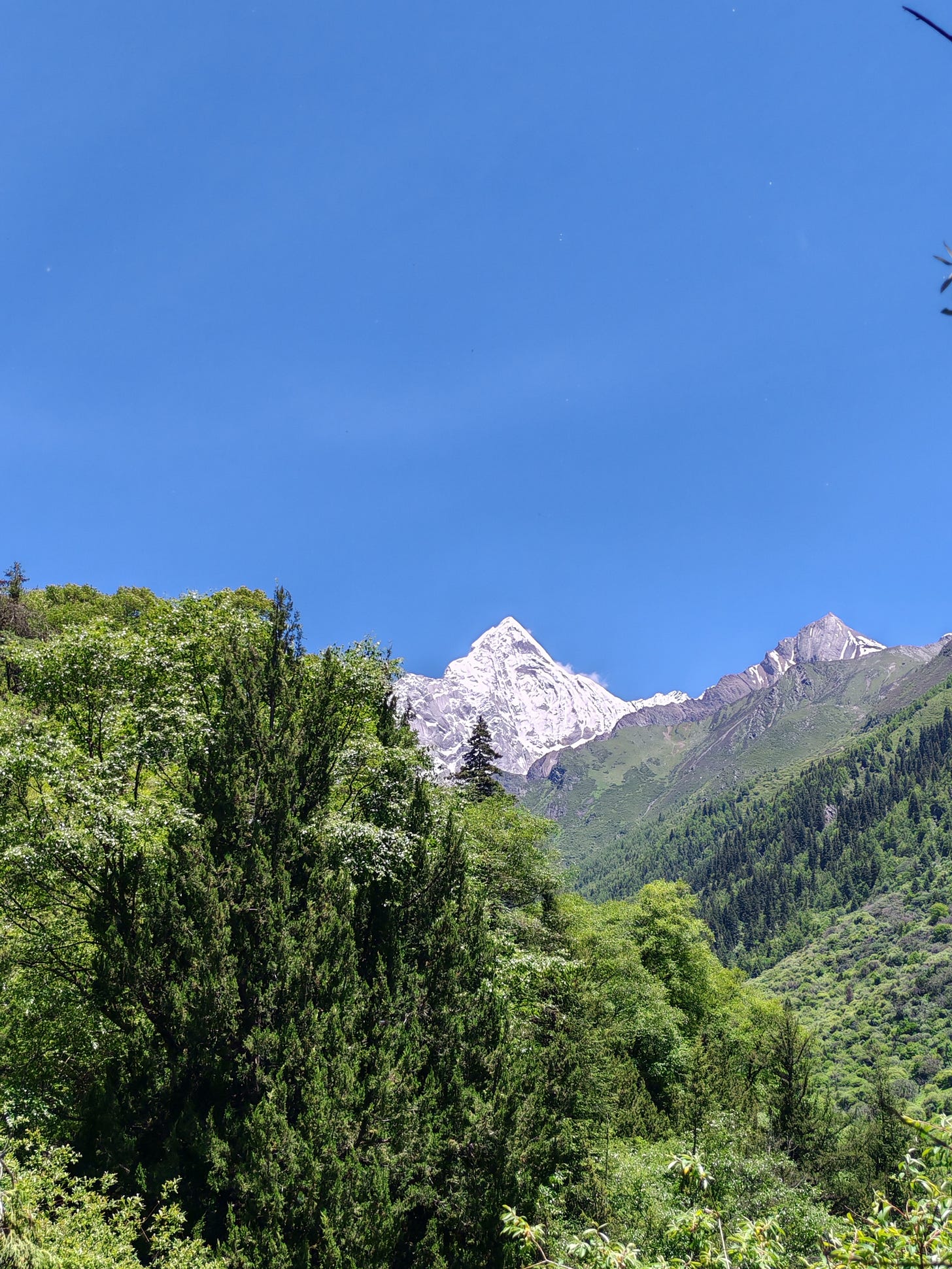


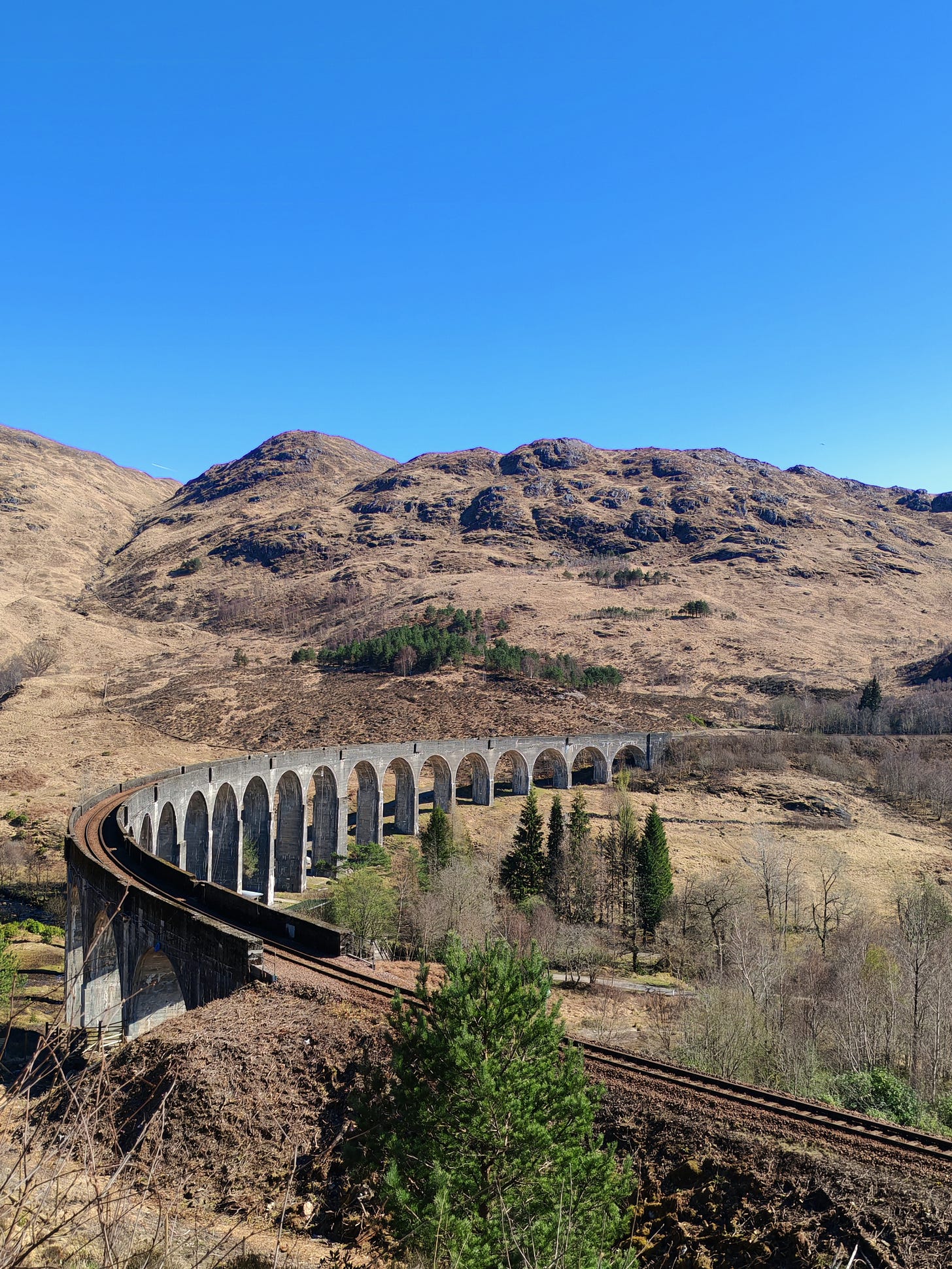
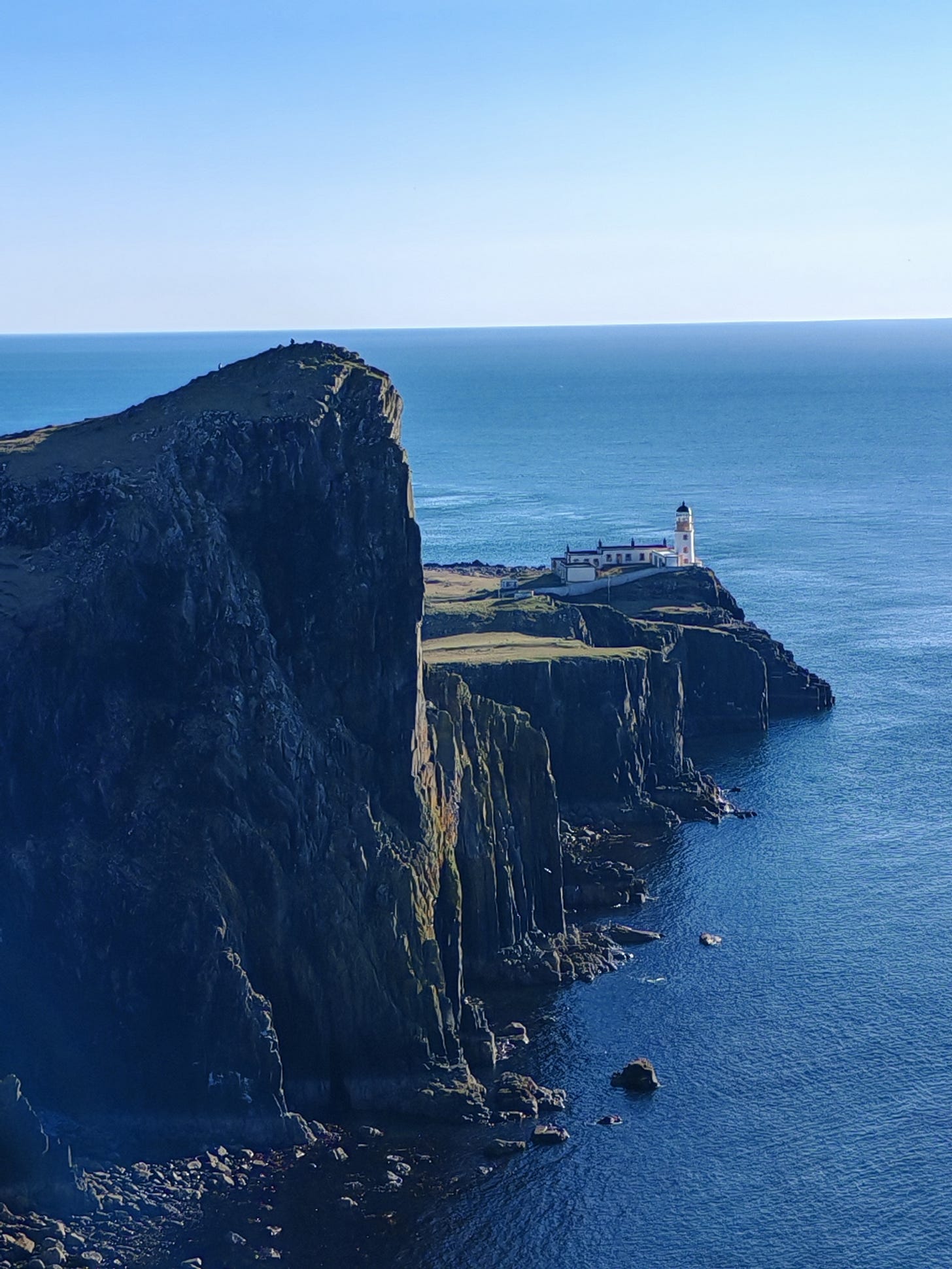
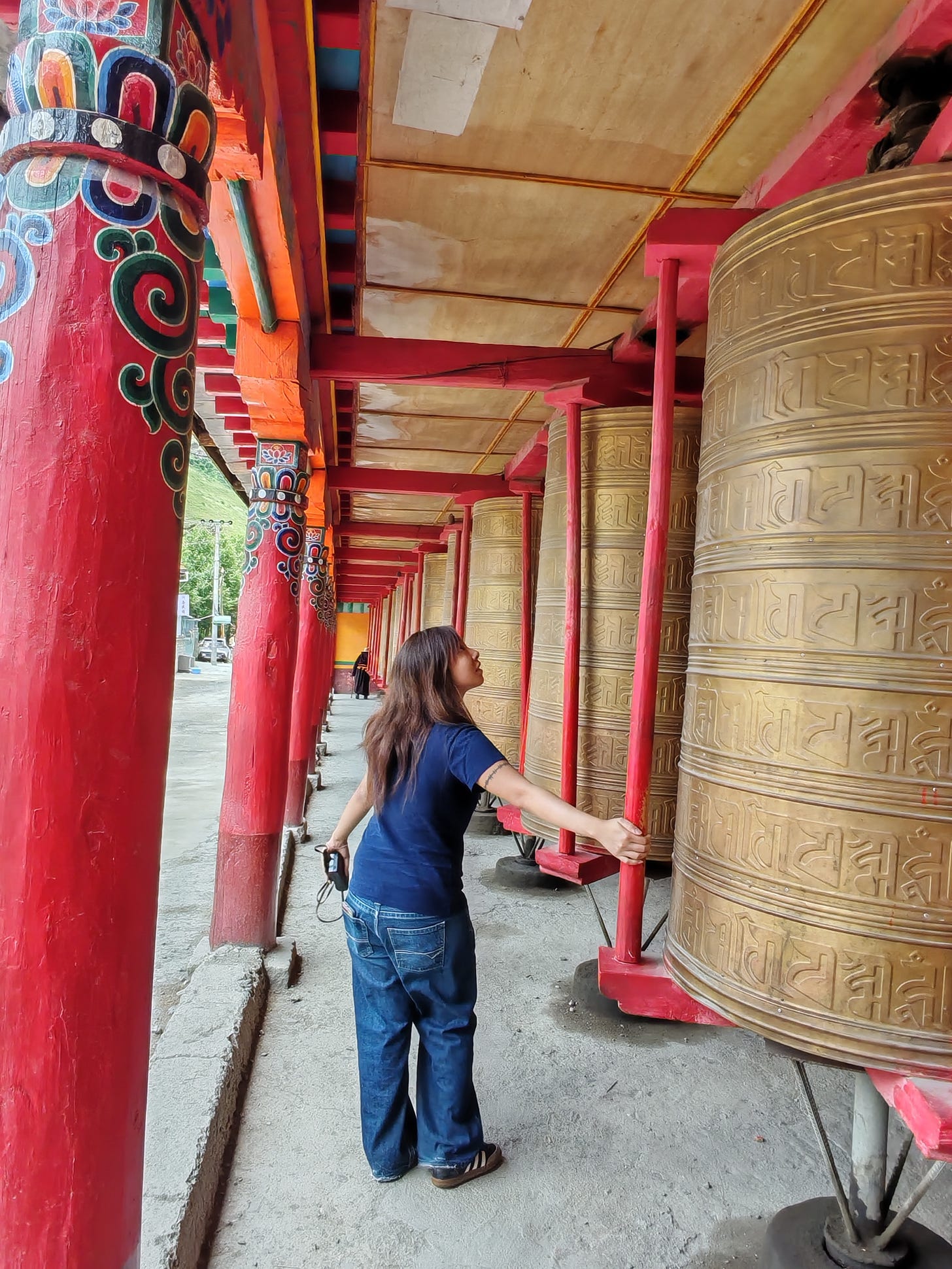
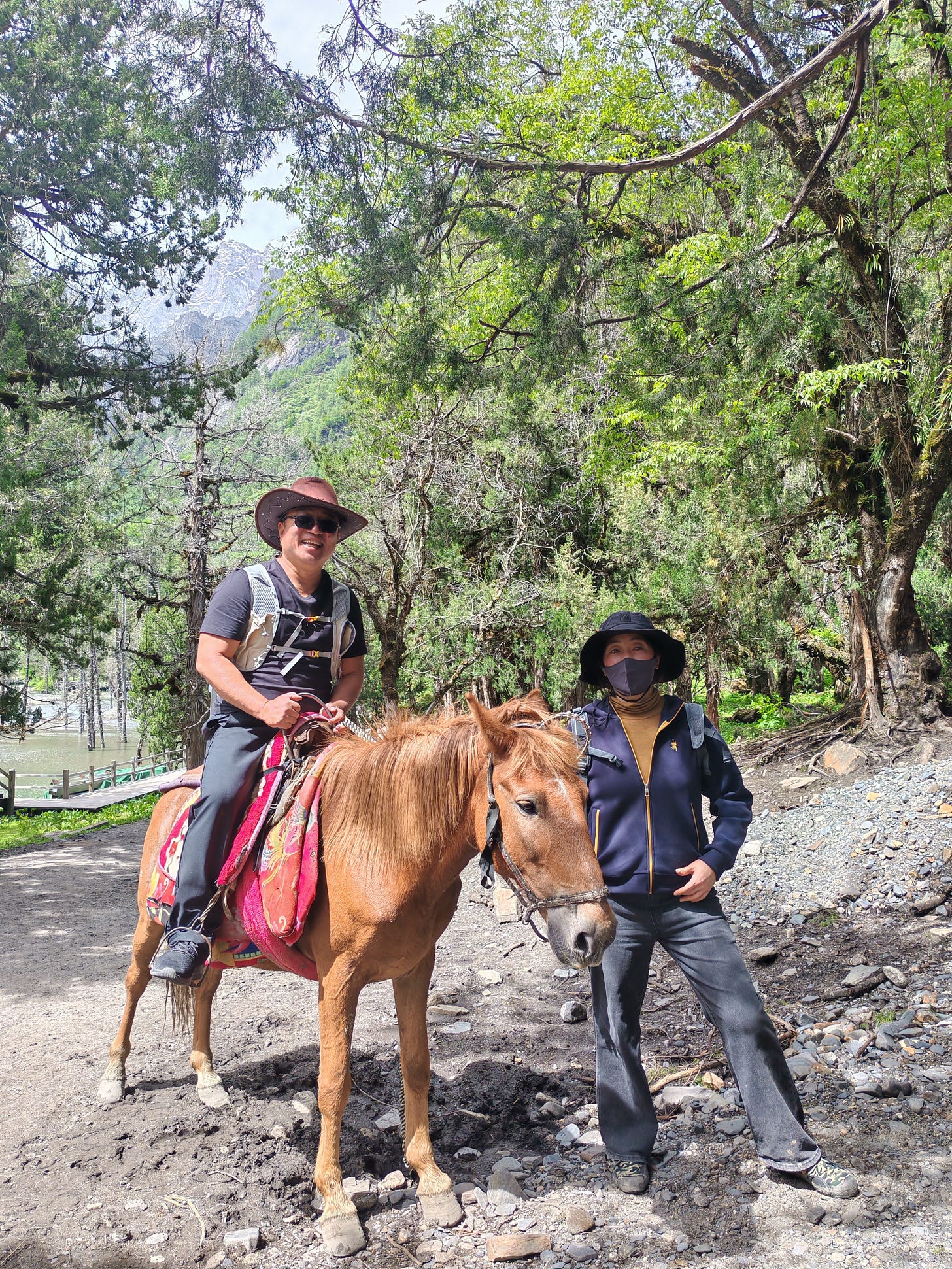
It's brilliant to have reports like this that show reality. Scotland is great but everywhere is expensive - but Tibet, which we are taught is 'primitive', is obviously now way ahead of Scotland and with 5G most of the UK. What I find fascinating is the way that people who are still largely agrarian have adapted to the latest technology. I believe the future is impossible without China - which is why the USA and UK Governments hate it.
好久没有看到你发的文章,我都开始担心是不是被他们抓走了。现在美国政府彻底疯掉了,像你这样敢说实话的人越来越危险。
It's been a while since I've seen your articles, I was starting to worry if they had taken you away. Nowadays as the American government loses all its sensibility, it's getting more and more dangerous for people like yourself who speak the truth.